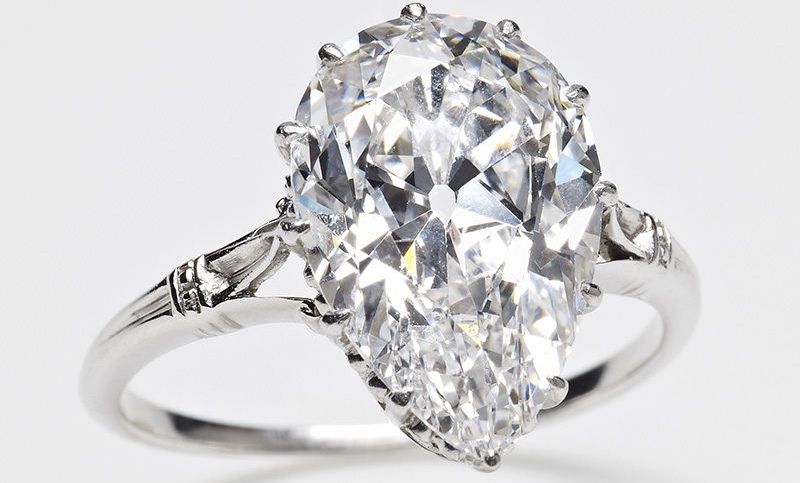 |
| These 3 photos have a watermark, but the copyright is likely The Royal Collection. Who else has access to remove and hold the gems up? I volunteer next time.😁 |
The Cullinan Diamond is the biggest gem-quality rough diamond ever found. Some geologists think the largest clear diamonds such as the Cullinan Diamond (and Hope Diamond) were formed 100s of miles deeper within the earth's mantle than 99% of other gem diamonds, which are also smaller. At one time, the land might also have been ocean floor. Uncut the Cullinan Diamond named after Thomas Cullinan, the owner of the Premier mine in South Africa, weighs 3,106 carats. Discovered in 1905, click here for a short history and here for the longer history and controversy of the diamond.
 |
| Photo of the 9 largest cut stones : The Royal Collection |
 |
| Photo of the 9 largest stones faceted into jewels - The Royal Collection |
On THE SAVVY SHOPPER, I hope we can Ooh and Ahh over the majestic diamond plus appreciate how diamonds are nothing more than pure carbon rocks that billions of years and human hands turn into spectacular sparklers, i.e., the jewels they become.
An expert diamond cutter studies a rough diamond's structure to determine how it should best be cut, usually aiming to keep as much of the gemstone as possible. After cutting, another expert polishes the diamond.
Let's take a closer look at the 9 largest Cullinan Diamond stones now with the British monarchy, along with a helpful cheatsheet. I needed to refer back to it, focusing on the shapes, to get the remainder of the blog right!:👀
The two biggest of the cut diamonds, Cullinan I and Cullinan II are sometimes called The Great Star of Africa and the Second Star of Africa, respectively ... as if keeping the cut diamonds straight isn't challenging enough!
Here's where those 9 large cut diamonds ended up ...
 |
| The Cullinan II is the 317.40 cushion cut center diamond in the Imperial State Crown, its placement also decided by George V. The Cullinan II is the 2nd largest colorless diamond in the world. |
 |
The Cullinan III is a pear shaped 94.4 carat diamond. Along with the Cullinan IV, a square cut 63.6 carat diamond it became a brooch often worn by Queen Elizabeth II. |
The Cullinan V is considered a one-of-a-kind heart-shaped diamond, weighing 18.8 carats. It's set surrounded by even more diamonds and platinum into another brooch. Bling, bling, bling!🙂 |
 |
| Photo: Science Photo Libary - a replica of the Cullinan Diamond uncut |
Estimates for the value of the Cullinan suite of diamonds can be found, but none of the jewels are insured, and given their history, they are irreplaceable and priceless. When I was in London on a group tour in college, it was decided (not by me😁) that the lines were too long to see them.💂









What a lovely post, Debbie. I have heard many times that the Cullinan diamond was cut into a number of pieces, but have never seen them all lined up like this. How wonderful they are. My favourite has to be the heart-shaped one, which is so gorgeous. The most impressive has to be No. 1, glittering in the monarch's septre. How fabulous they all are. Let's hope they all stay together in the family :)
ReplyDeleteThe jewelry posts are fun for me to research and then write. It's also lovely to see big stones that are free of inclusions. My fantasy is that the it gets so easy and cheap to produce lab grown diamonds that everybody who likes shiny gems can buy a big one. It would happen if it got easier to make them and more manufacturers entered the market. Value is relative based on rarity and demand, ie. whatever one can get someone else to pay. So jewelry isn't an investment as much as a thing of beauty. Hopeful one day we'll all be able to afford big old diamonds. Meanwhile we'll have to appreciate other things nature produces like flowers and seashells. :)
Delete